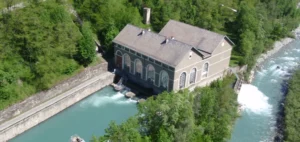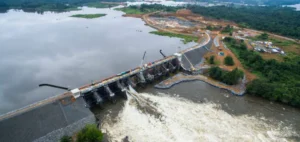In the United States, LS Power announced that it had reached an agreement to acquire 42 hydroelectric facilities in 11 states.
A major acquisition
In the United States, LS Power announces the acquisition of 42 hydroelectric facilities with a total capacity of 334MW from Hull Street Energy. The portfolio is concentrated in the ISO-NE (152MW), PJM (86MW) and NYISO (48MW) areas. In addition, the remaining facilities are located in the CAISO, SERC and WECC zones.
LS Power reports that the hydro projects are located in states and markets with attractive regulatory environments. In addition, the company believes that the states of New York and Massachusetts could set an example for other states. Paul Segal, CEO of LS Power, states:
“With the addition of this large, geographically diverse run-of-river hydro portfolio combined with our existing energy transition platforms, LS Power continues to lead the effort to develop a cleaner, more reliable and affordable energy ecosystem. Reducing carbon intensity is an enduring secular trend that has long informed our energy transition strategy, which combines our renewable generation and fuels, battery energy storage, distributed energy, transportation and electrification platforms with a flexible and complementary natural gas fleet.”
Milbank LLP represented LS Power as legal counsel. BMO Capital Markets Corp. and Scotiaban acted as financial advisors. LS Power has various energy transition platforms.
Multiple platforms
The company includes EVgo, the largest public electric vehicle fast-charging network in the United States. It also includes Endurant Energy, a leading provider of on-site energy infrastructure solutions. In addition, the company partners with CPower Energy Management, a leading provider of distributed energy resource management solutions.
In the United States, LS Power also owns the REV Renewables platform, a leader in renewable energy and energy storage. It has an operating portfolio of approximately 2.8GW. Finally, REV Renewables has a large portfolio of non-utility owned pumped storage hydro.
LS Power also has Rise Light & Power, New York’s largest power producer and developer of clean energy infrastructure. LS Power via LS Power Grid is developing 680 kilometers of high voltage transmission lines. Finally LS Power Generation is the operator of about 14,000MW of flexible gas installations.






















